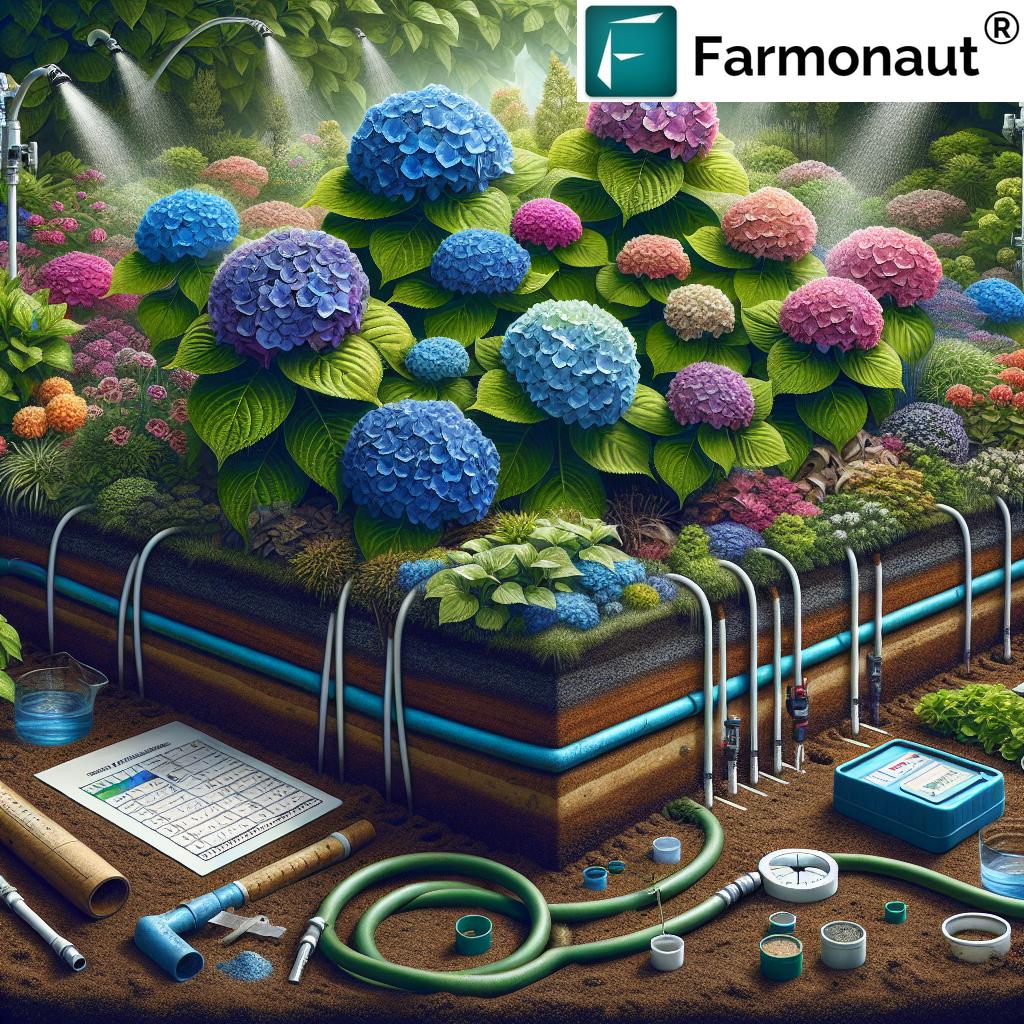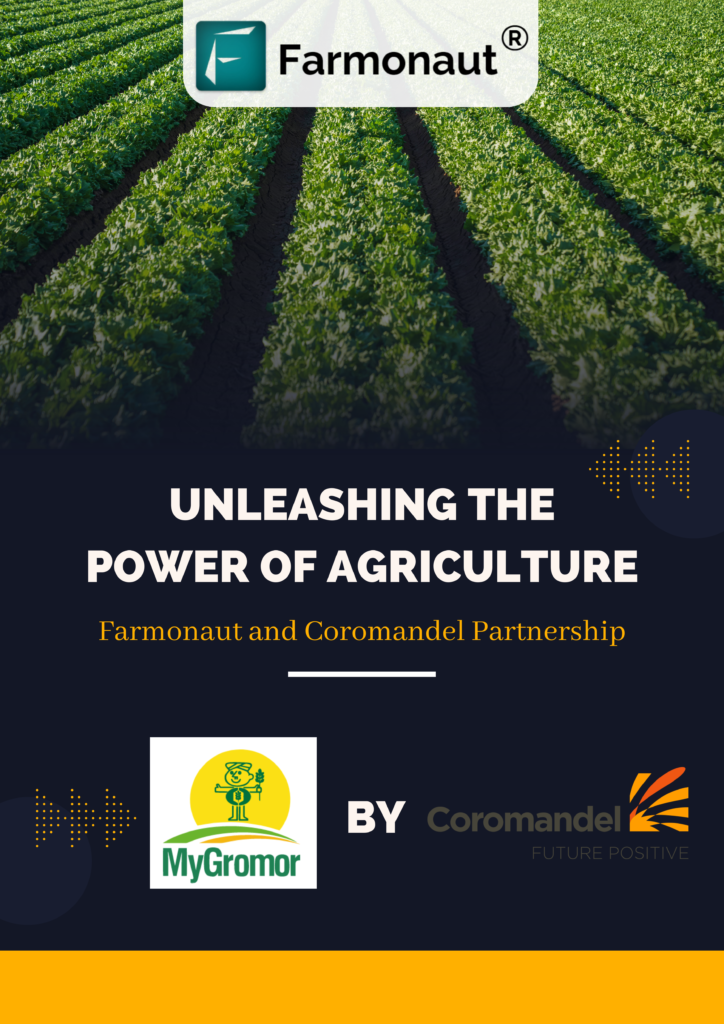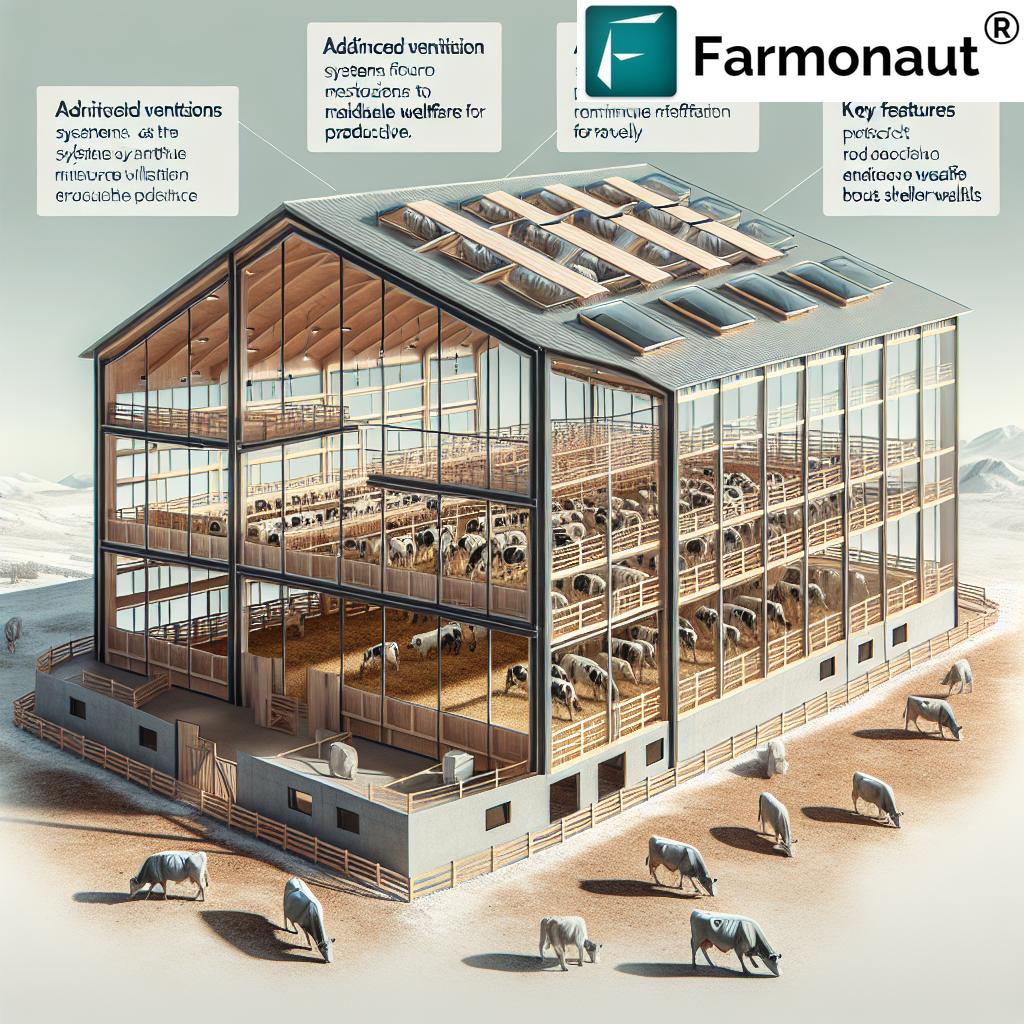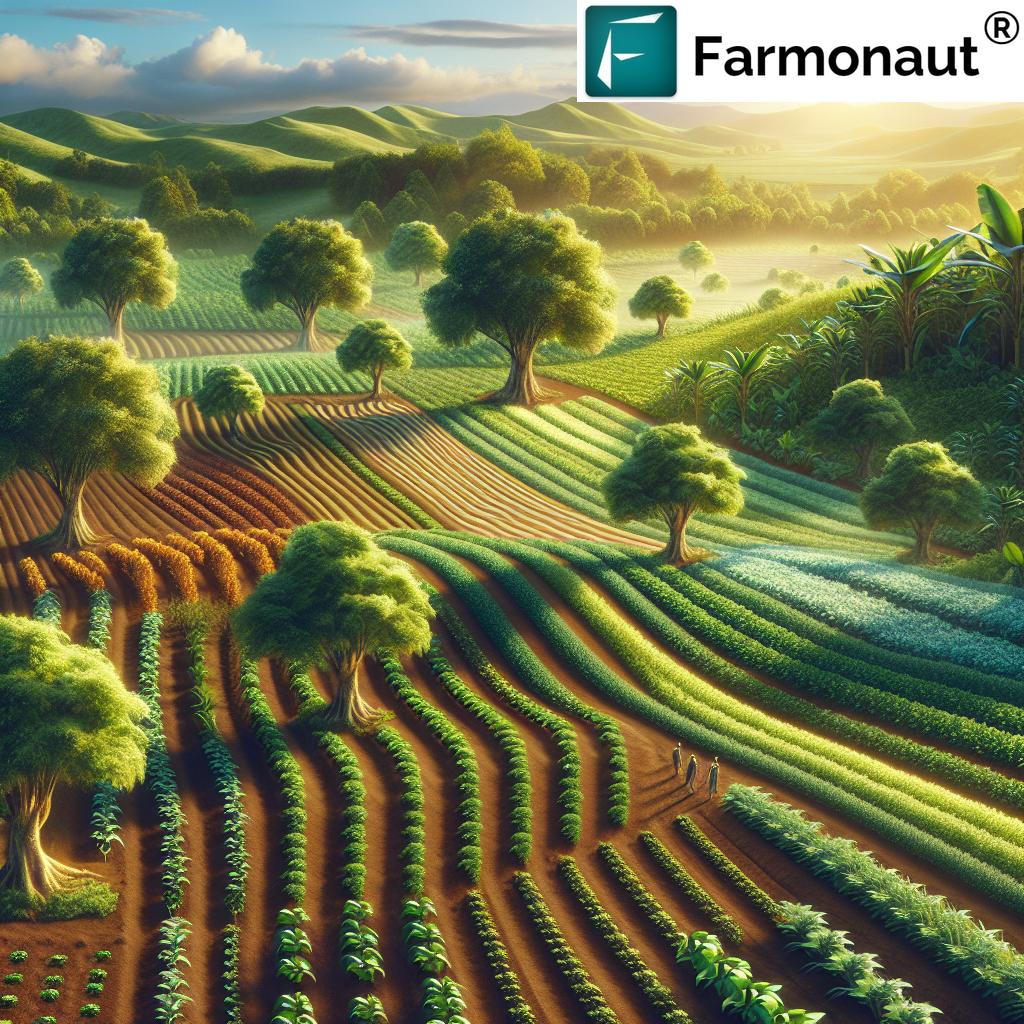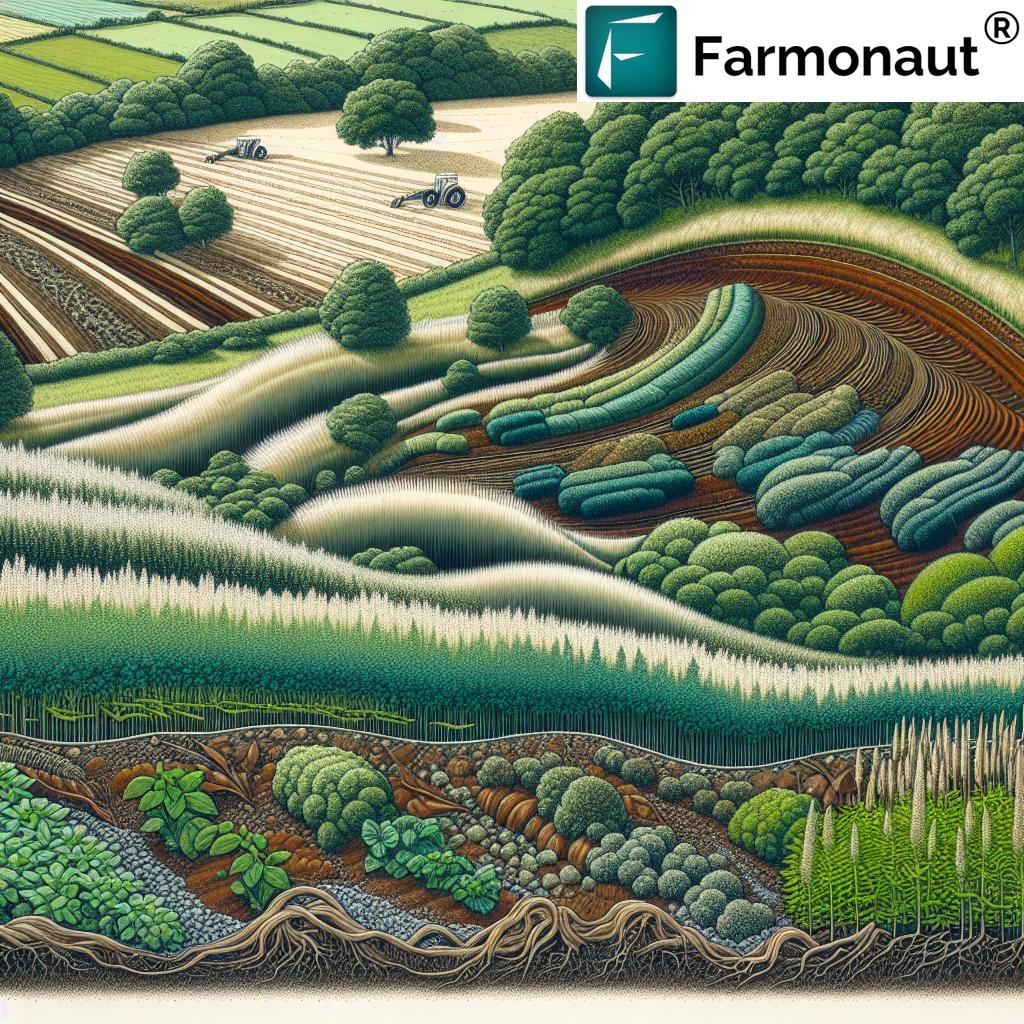Chunky Soil: 7 Practices for Sustainable Growth
“Coarse-textured soils can increase water retention by up to 30%, boosting sustainable crop yields in agriculture and forestry.”
Introduction: Understanding Chunky Soil for Sustainable Growth
In the ever-evolving fields of agriculture, forestry, and farming, soil health remains the bedrock for sustaining productive ecosystems. We often come across various terms to describe soil—but what about “chunky soil”? While not a standard terminology in soil science, “chunky soil” is best interpreted as soil with a coarse texture, characterized by relatively large particles such as sand and gravel.
Why focus on this specific soil structure? Because understanding the properties, benefits, challenges, and sustainable management of coarse-textured soils opens new avenues for optimizing land use, reducing erosion risks, and ensuring sustainable growth in both agriculture and forestry.
In this extensive guide, we explore how soil management practices for chunky soils—focusing on water retention, nutrient conservation, erosion control, and organic matter enhancement—can transform barren or underperforming lands into thriving, ecologically balanced, and productive ecosystems.
Characteristics of Coarse-Textured Soils
Coarse-textured soils are primarily made up of sand and gravel particles. These soils have distinct properties compared to finer-textured (clay or silt-dominant) soils. Let’s break down their key attributes:
- High Permeability: Water and air move freely through chunky soils, leading to rapid drainage and aeration.
- Low Nutrient and Water Retention: Due to larger particle size and reduced micropores, there’s limited capacity to retain moisture and nutrients.
- Warmth and Early Warming in Spring: Sandy soils warm rapidly as temperatures rise, benefiting early planting.
- Loose Structure: The soil structure allows for easy root penetration and reduced resistance for tillage and planting.
However, with these natural advantages come inherent limitations. To achieve optimal crop yield and sustain ecological balance, it’s vital to adopt sustainable soil management practices tailored to the characteristics of coarse soils.
Sandy Soil Benefits in Agriculture and Forestry
Why should we care about chunky soil or coarse-textured soils in agriculture and forestry? Let’s explore some unique benefits these soils offer:
-
Early Planting Opportunities:
The warmth of sandy soils enables earlier planting, especially important in regions with short growing seasons. -
Reduced Waterlogging Risk:
Their quick drainage properties decrease risks of waterlogged conditions and root-related diseases. -
Ease of Tillage and Preparation:
The loose structure facilitates simpler and less energy-intensive tillage. -
Faster Soil Warming:
Ideal for crops preferring warmth, boosting vegetative growth in spring. -
Flexibility in Management:
With knowledge-driven management, these soils are adaptable for specialized crops and productive ecosystems.
By maximizing these benefits, landowners and farmers can leverage sandy soil benefits to bolster sustainability and crop yield.
Challenges and Limitations of Chunky Soil
Despite their advantages, coarse-textured soils bring forth several challenges that can restrict growth and yield if not managed properly:
- Nutrient Leaching in Agriculture: The rapid drainage leads to significant nutrient leaching, necessitating frequent fertilization or innovative management strategies for nutrient retention.
- Moisture Stress and Drought: With a low water-holding capacity, plants in these soils often face moisture stress, especially during dry periods, impacting growth and yield.
- Erosion Risk: The loose soil structure escalates the danger of both wind and water erosion, particularly on bare land.
- Low Organic Content: Such soils typically have less organic matter, limiting natural nutrient cycling and soil health.
- Unbalanced Soil Structure: Composed predominantly of sand, they may lack the structure needed for optimal plant anchorage and nutrient/water holding.
These challenges underscore the need for strategic, sustainable, and data-driven soil management practices.
7 Sustainable Soil Management Practices for Chunky Soil
Sustainable soil management isn’t just a buzzword—it’s an imperative for long-term agricultural and ecological success. When it comes to coarse-textured soils, the following seven practices are consistently proven to enhance soil health, water retention, and productivity while reducing erosion risks and environmental impact.
“Implementing 7 sustainable soil practices can reduce soil erosion rates by nearly 50% in managed agricultural lands.”
- Cover Cropping: Planting cover crops between primary crops protects soil from erosion, improves organic matter, and enhances overall soil structure.
- Minimal Tillage (Conservation Tillage): Limiting tillage preserves soil structure, decreases erosion, and retains moisture.
- Organic Amendments: Integrating compost, manure, and plant residues increases organic matter and nutrient content.
- Mulching: Applying organic or inorganic mulch conserves moisture, suppresses weeds, and lowers temperature fluctuation.
- Crop Rotation: Alternating crops curbs disease cycles, improves soil health, and supports nutrient balance.
- Water Harvesting and Smart Irrigation Systems: Using efficient irrigation and water capture increases water retention in soil and reduces losses.
- Managed Grazing: Controlled livestock movement prevents overgrazing, minimizes compaction, and stimulates organic inputs.
Comparative Table: Practices to Benefits for Sustainable Soil Management
| Practice | Description | Estimated Improvement in Water Retention (%) | Estimated Impact on Soil Health Score (1-10) | Ecological Benefit |
|---|---|---|---|---|
| Cover Cropping | Growing specific crops to protect and enrich soil between main crop cycles. | 15-30 | 8.5 | Reduces erosion, enhances biodiversity |
| Minimal Tillage | Limiting soil disturbance to maintain structure and ecosystem. | 10-20 | 8 | Promotes carbon sequestration |
| Organic Amendments | Adding compost, manure, or residues to enrich soil organic content. | 20-35 | 9 | Boosts nutrient cycling, builds fertility |
| Mulching | Applying materials over soil surface to protect and insulate. | 15-25 | 7.5 | Prevents moisture loss, controls weeds |
| Crop Rotation | Sequentially planting different crops on the same land. | 5-15 | 8 | Disrupts pest/disease cycles, enriches soil |
| Water Harvesting & Irrigation Systems | Capturing and managing water efficiently for crop use. | 25-35 | 9 | Improves drought resilience, reduces runoff |
| Managed Grazing | Timed grazing schedules to minimize compaction and overuse. | 10-20 | 7 | Maintains ground cover, supports ecosystem health |
Improving Soil Health: The Role of Organic Matter for Soil
Organic matter for soil is the lifeblood of soil health, especially in coarse-textured soils with limited natural fertility. Adding organic material helps to:
- Boost Water Retention: Organic amendments improve the capacity of chunky soils to hold moisture despite their large particle size.
- Increase Nutrient Retention: Organic matter binds to nutrients, making them more available for plant uptake and reducing nutrient leaching in agriculture.
- Improve Soil Structure: Enhanced soil structure creates more micropores, supporting better root growth and aeration.
- Foster Beneficial Microbes: Rich organic soils encourage microbial life crucial for ecosystem productivity.
Best sources: Compost, livestock manure, green manures, and crop residues not only replenish nutrients but also support soil aggregation and vitality.
Enhancing Water Retention in Soil: Key Strategies for Chunky Soil
Water retention in soil is paramount for optimal plant growth—especially in sandy, coarse-textured soils where drainage is rapid and the risk of moisture stress is high. Here’s how to maximize moisture:
-
Mulching:
Reducing surface evaporation and stabilizing temperature, mulch also guards against erosion. -
Cover Crops:
Living roots limit runoff and boost infiltration. -
Organic Amendments:
Compost and humus increase water-holding capacity. -
Efficient Irrigation Systems:
Drip or precision irrigation systems deliver water directly to the root zone, enhancing retention and minimizing leaching. -
Contour Farming & Terracing:
Landscape modifications slow runoff and enhance infiltration.
Implementing these practices ensures consistent soil moisture throughout the growing seasons, translating to higher crop yield and resilience during dry periods.

Did you know? Soil moisture monitoring is made effortless with Farmonaut’s crop health monitoring and advisory platform, equipped with real-time insights derived from satellite data. We help you optimize irrigation and resource application, leading to improved water retention in soil and healthier crops.
Soil Erosion Control: Practices to Reduce Risks in Sandy Soils
Soil erosion control is crucial for preserving land productivity and ecological function, particularly in coarse-textured soils prone to both wind and water erosion. Consider these strategies:
-
Windbreaks & Shelterbelts:
Establishing rows of trees or shrubs reduces wind velocity and shields soil from erosion. -
Contour Farming:
Plowing along land contours slows water flow and maximizes infiltration. -
Permanent Ground Cover:
Using grasses, legumes, or cover crops keeps soil anchored. -
Maintaining Crop Residue:
Leaving plant material after harvest acts as a protective cover. -
Mulching:
As previously mentioned, mulch is a frontline defense against erosion.
For lasting success, blend several of these practices based on your local soil conditions and land use objectives.
For large-scale farm and forest advisory on erosion and resource management, explore Farmonaut’s advisory platform—empowering you with data-driven environmental stewardship.
Soil Compaction in Forestry: Risks and Solutions
Soil compaction in forestry poses unique challenges due to heavy logging and equipment operations. Compacted soils hinder infiltration, impede root growth, and harm tree health. Solutions include:
-
Low-Impact Logging: Operating machinery on frozen or snow-covered ground minimizes compaction and structure loss.
Learn more here. -
Subsoiling: Mechanically breaking up compacted layers (subsoiling) before new planting enables better root penetration and water infiltration.
Details here. - Ground Protection Mats: Spread mats under heavy equipment to distribute pressure.
- Site Selection and Rotation: Alternate machinery paths and logging zones to prevent persistent damage.
The goal is to minimize compaction while preserving soil structure essential for tree growth and forest ecosystems.
Agroforestry and Soil Enhancement: Combining Trees with Sustainable Farming
Agroforestry and soil enhancement integrate tree species into agricultural lands, bringing multi-dimensional benefits in managing chunky soil:
-
Nitrogen Fixation:
Certain leguminous trees enrich soil with nitrogen, reducing the need for synthetic fertilizers and boosting nutrient cycles. -
Organic Matter Contribution:
Tree leaf and root litter boosts organic content and improves soil structure. -
Erosion Control:
Deep roots stabilize soil, reducing wind and water erosion. -
Biodiversity and Microclimate Regulation:
Trees provide habitat and improve on-farm biodiversity, fostering resilient ecosystems.
Example: Pairing maize with nitrogen-fixing Acacia can reduce nutrient leaching and increase yield on sandy lands. Agroforestry is an effective pathway to sustaining productive ecosystems.
Interested in long-term sustainability and improved land use? Explore Farmonaut’s Carbon Footprinting resources. Track, measure, and reduce the environmental impact of your land management and agroforestry operations.
Leveraging Technology for Sustainable Soil Management
Modern soil management practices aren’t just manual—precision agriculture is transforming how we manage coarse-textured soils. Data, remote sensing, AI, blockchain, and digital advisory systems can:
- Assess soil moisture, nutrient levels, and crop health in real-time.
- Provide site-specific recommendations for irrigation systems, fertilizer application, and water retention measures.
- Monitor erosion risks and soil structure changes with satellite imagery and automated analysis.
- Enable traceability and certification via secure blockchain records, improving transparency in land use, forestry, and farming.
Developers and agri-businesses can tap directly into satellite and weather data using Farmonaut’s robust API. See the API developer documentation for integration into your agri-tech platforms.
To streamline farm logistics, check out Farmonaut Fleet Management tools—helping large-scale growers and forestry managers monitor and optimize the usage of machinery and field operations efficiently.
For agribusinesses and governments seeking better land oversight, large-scale farm management solutions bring monitoring and resource planning to an advanced, digital level.
Farmonaut: Satellite-Based Solutions for Sustainable Soil Management
At Farmonaut, we believe democratizing access to precision soil management technology is the key to future-ready agriculture and forestry. Our multi-platform solution leverages:
- Satellite Crop Health Monitoring: Real-time insights on vegetation health, soil moisture, and resource needs for optimizing every hectare.
- AI-Based Advisory: Our Jeevn AI offers actionable guidance on irrigation, fertilizer application, pest management, and more.
- Blockchain-Based Traceability: Ensuring secure supply chain data from farm to consumer for increased transparency and trust.
- Fleet and Resource Management: Comprehensive digital tools to reduce operational costs and support smart land use in agriculture and forestry.
- Carbon Footprinting: Real-time emissions tracking, supporting sustainable practices and environmental compliance.
Whether you’re an individual farmer or manage extensive agricultural estates or forestry operations, our flexible platform and subscription plans fit your needs. We proudly serve a global audience, advancing the goal of data-driven, sustainable, and profitable food and resource production.
Ready to make soil sustainability simple?
Secure your land, enrich your soil, and grow your sustainability with satellite-powered insights available at your fingertips.
FAQ
1. What does the term “chunky soil” mean?
“Chunky soil” is an informal way to describe soil with a coarse texture, often high in sand and gravel. It differs from finer soils by its larger particles, larger pore spaces, and unique drainage and retention properties.
2. What are the primary challenges associated with coarse-textured or chunky soils?
Challenges include nutrient leaching, low water retention, increased erosion risk, and generally lower organic matter content. These require targeted management practices for optimal plant growth and ecosystem health.
3. How can I improve water retention in sandy or chunky soil?
Employ strategies like mulching, adding organic matter (compost, manure), using cover crops, and installing efficient irrigation systems (such as drip irrigation). These can significantly increase the soil’s capacity to retain moisture.
4. Why is organic matter important in coarse-textured soils?
Organic matter for soil improves both structure and fertility. It enables better water and nutrient retention, encourages soil life, and supports resilient plant growth even in conditions less favorable for agriculture.
5. What are the best ways to control erosion on sandy soils?
Key erosion control measures include maintaining permanent ground cover, establishing windbreaks, practicing contour farming, and regularly applying mulch or crop residues.
6. What technology supports sustainable soil management?
Satellite imagery, AI-powered analytics, and digital advisory platforms like Farmonaut assist with monitoring crop and soil health, making informed decisions about input application, and assessing long-term sustainability impacts on land use.
7. Can I use Farmonaut if I farm a small plot?
Absolutely. We offer scalable solutions for individual farmers, cooperatives, and large agribusinesses alike—with real-time insights, mobile accessibility, and affordable subscription options.
Conclusion: Building a Sustainable Future with Chunky Soil
While chunky soil isn’t a standard term in soil science, its unique composition of sand and gravel particles presents distinctive advantages and challenges for agriculture and forestry. Through targeted soil management practices—including organic matter addition, efficient irrigation systems, erosion control, and digital monitoring—landowners, managers, and growers can enhance soil health, increase water retention, and support productive ecosystems for generations to come.
The future of farming, forestry, and sustainable growth lies in a blend of tradition and technology. Whether you steward a backyard plot or manage thousands of hectares, investing in knowledge-driven, sustainable, and digital soil management is the path to ecological and economic success.
Discover how Farmonaut’s satellite-powered platform and integrated advisory can transform your soil management approach. Join us in cultivating a healthier planet—one hectare at a time.










